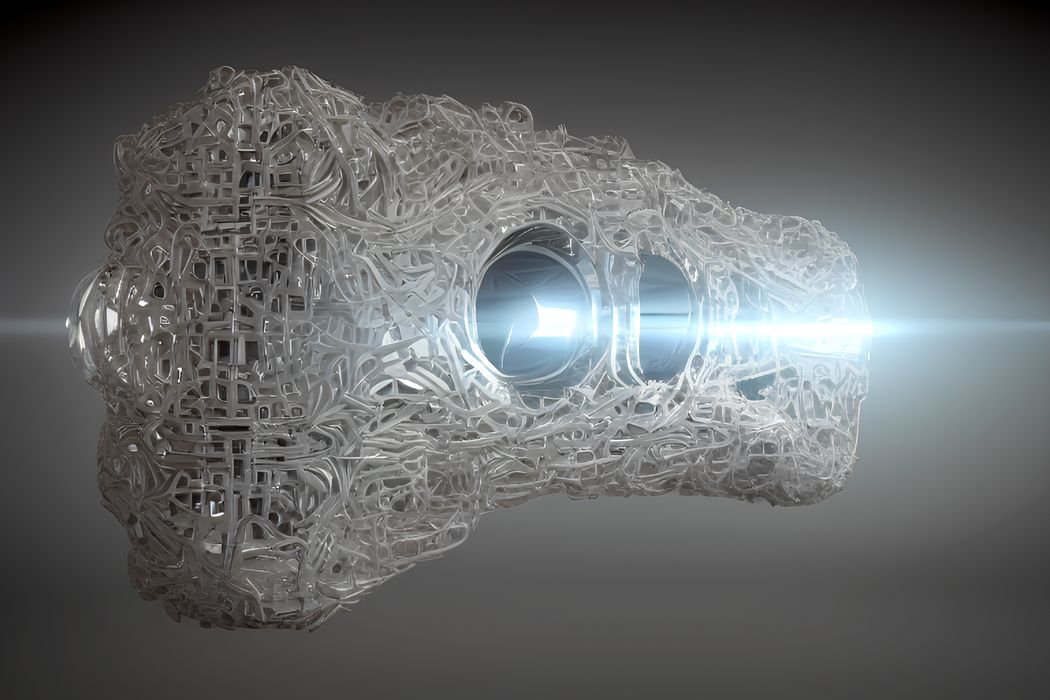
A recent story in The Guardian regarding the state of 3D printing is generating some controversy.
The story, entitled, “Has the 3D printing revolution finally arrived?”, made me squirm a bit after reading the title. It’s been some years since I’ve seen a major media publication issue a headline of that type, and that was way back when the consumer 3D printing craze was at its height.
As the story writes:
”You probably read an article around 2012 that predicted how every home would soon have a 3D printer that we would use for all manner of ingenious tasks. OK, well that didn’t happen.”
The story then goes on to explain that since then the technology has been gradually increasing in use by industry, particularly aerospace, automotive and even sports equipment. They cite examples such as hearing aids, teeth aligners and others as ways the tech has “inveigling its way into our lives”.
The story asks the question, “Has the 3D printing revolution finally arrived?” and that irked myself and others in the industry.
SLM Solutions’ Director of Global Marketing, Emily DeSimone said on LinkedIn:
“I must say I really despise this question or similar questions whether ‘3D printing is ready for serial production’ ‘is 3D printing revolution here’ etc. I think it’s time to celebrate how far we’ve come! There is still much to do but let’s not turn a blind eye to the real industrial scale applications that are out there.”
Emily is entirely correct. There is no technological milestone about to be achieved. It was already achieved years ago.
What’s really happening is that industry has yet to UNDERSTAND the technology fully so that they can LEVERAGE it for their business.
There are — and have been for years — many businesses taking full advantage of the technology. There are also many, many more business that have not yet done so.
But they could.
To me the so-called “revolution” is not a technological thing. Instead it’s simply the ratio of people that “get it” to people that don’t.
This has been the struggle of 3D printer manufacturers for decades: how to “turn on” new customers by having them discover the benefits of the technology. It’s easy to adopt a new technology if one’s competitor is benefiting from it. But what if none of your competitors is doing so? What if no one sets the initial example? Conservative business leaders tend to not want to change things unless they’re broken. That’s why the “revolution” has been slow in coming.
Perhaps this will change as the number of applications and domains using the tech increases.
Is this really a revolution? I think not, and recall the wise words of author William Gibson, who said:
“The future is already here; it’s just not evenly distributed.”
Via The Guardian
